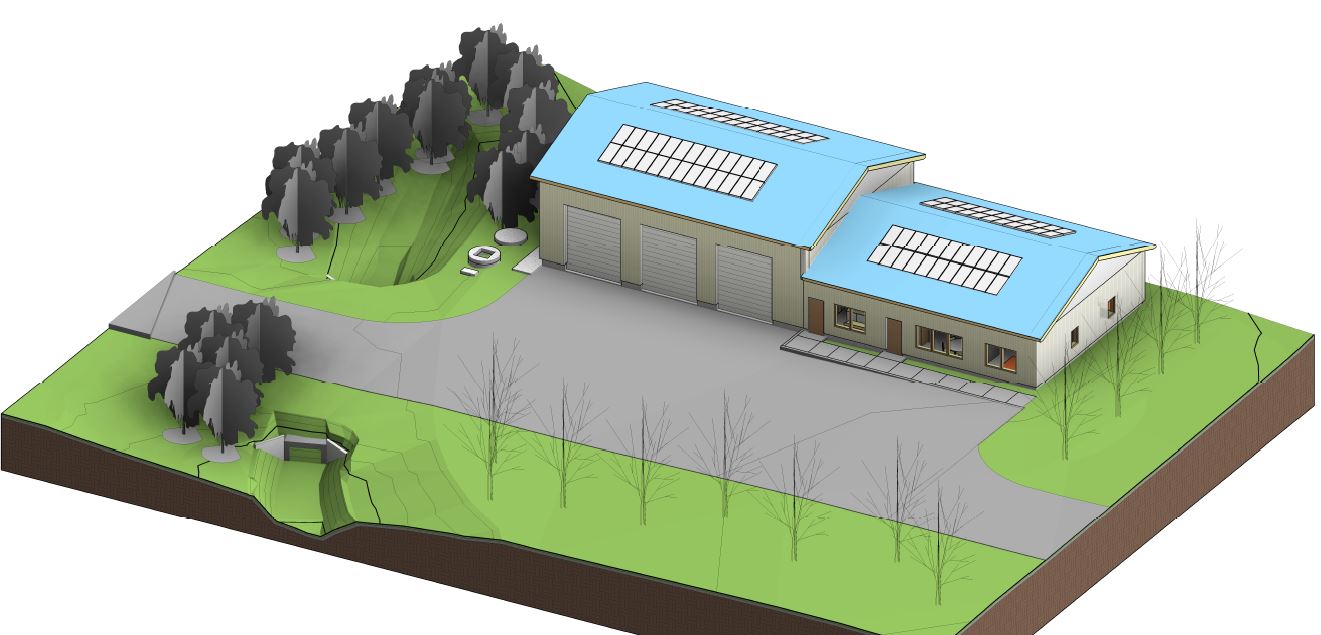Aviation is sometimes considered to be one of the leading polluters in the transportation sector. Airports alone must consume large amounts of energy and fuel to meet the demands of both passengers and aircraft. Over the last two decades, the Federal Aviation Administration (FAA), European Union Aviation Safety Administration (EASA), and other aviation agencies around the world have recognized the extent of aviation’s environmental impact and have taken measures to make the industry greener, including several funding programs created by the FAA. In 2021 alone, the FAA invested over $400 million to improve safety and airport environmental sustainability.
The Airport Zero Emissions Vehicle (ZEV) and Infrastructure Pilot Program is one of the FAA’s funding opportunities to assist airports seeking to decrease their environmental footprint. Originally started in 2012, the ZEV program provides grants through the Airport Improvement Program (AIP) to fund the acquisition of new Zero Emissions Vehicles and to update existing infrastructure to support the use of ZEVs. At any airport, there will be a wide range of vehicles, such as operations vehicles, snow removal equipment, deicing equipment, buses, and vans. The ZEV program aims to reduce greenhouse gas (GHG) emissions by helping convert the airport vehicle fleet to Zero Emissions Vehicles. From 2015 to 2022, the FAA has awarded over $60 million in AIP funds through the ZEV program.
What is Eligible?
You might be wondering, “What exactly is a Zero Emissions Vehicle?” A ZEV is any vehicle that produces zero exhaust emissions of any criteria pollutant, such as ozone, carbon monoxide, nitrogen dioxide, sulfur dioxide, Particulate Matter 10, and Particulate Matter 2.5. The two most common types of ZEVs on the market that are eligible for this program are electric and hydrogen-powered vehicles. Since this program is for Zero Emission Vehicles, hybrid vehicles are not eligible. Airports are, however, eligible to purchase equipment needed to support ZEVs, such as vehicle charging stations. Eligibility requirements for ZEVs include the following: any ZEV purchased must be new, meet Buy American standards, and should only be used for official airport activities.
Who is Eligible?
The ZEV program is available to any public-use airport that is listed in the National Plan of Integrated Airport Systems (NPIAS). While there are no other specific requirements that disqualify airports from contention for this grant, airports are prioritized based on which applicants have the greatest reduction in emissions per dollar spent[1]. Additionally, airports located in non-attainment or maintenance zones for criteria pollutants will likely receive a boost in priority.
When Can I Apply?
Pre-applications for the ZEV program are due by November 1st. After submitting a pre-application, selected candidates will be asked to complete a full application for the grant. If you have questions about the ZEV program or would like to know how to apply, contact Schuyler Lamoureux, CM for assistance. As with all funding opportunities, our team at Hoyle Tanner can help you make the critical first contact with your FAA Regional Office to learn more about additional region-specific guidance or process.
[1] Zero Emission Vehicle Pilot Program Technical Guidance, version 2, 2022 (faa.gov)
It’s Hoyle Tanner’s 50th anniversary this year! Keep an eye on our Facebook, LinkedIn, and Twitter feeds for articles and anniversary news!










